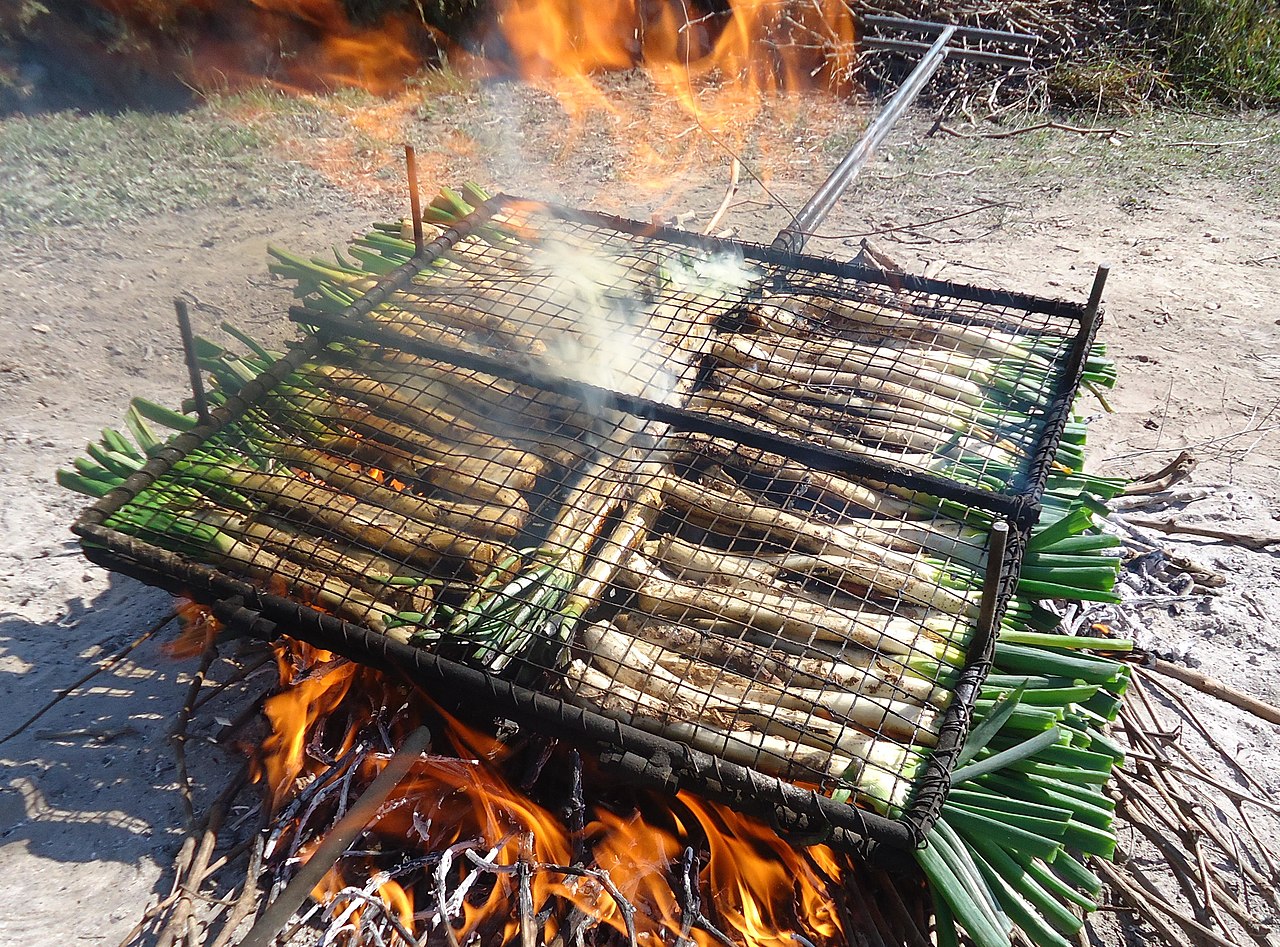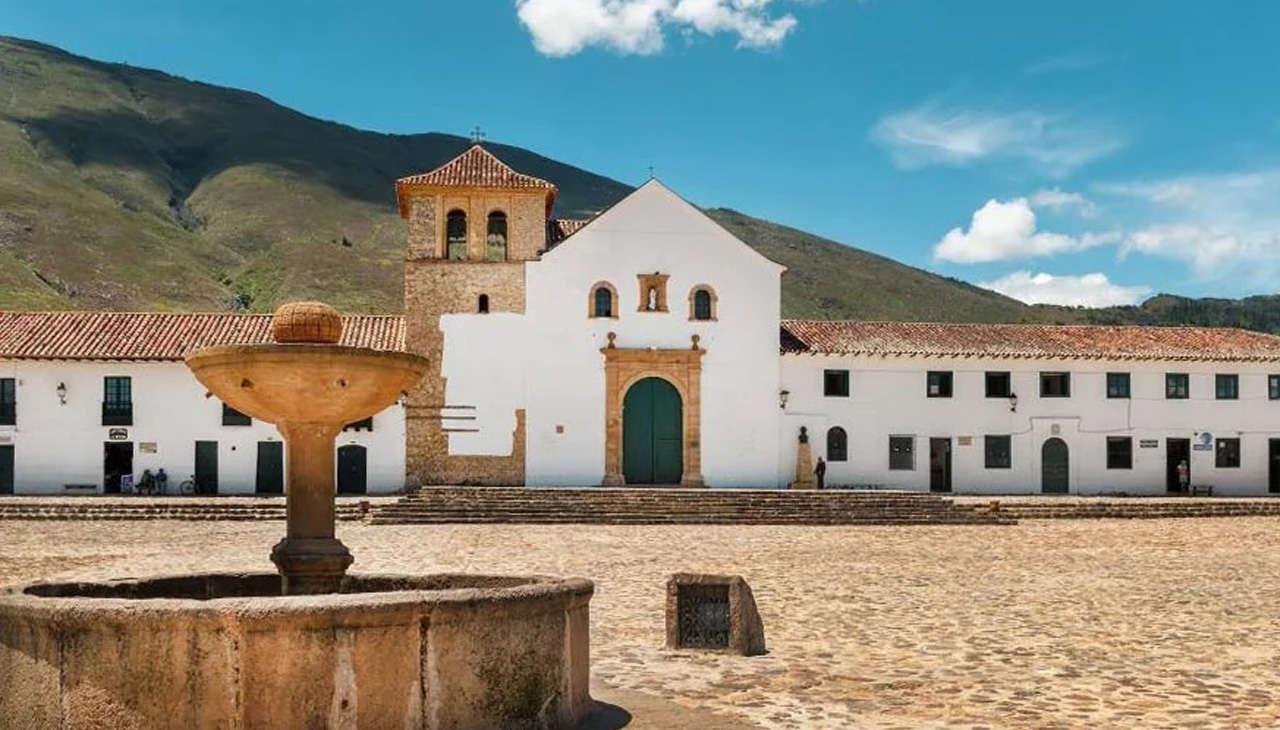
Calçotada: a typical Catalan tradition you shouldn’t miss
The tradition is quite simple: eating giant burnt onions with a sauce
If you are planning to travel to Barcelona at this time of the year, there is something you can not miss: enjoy a good calçotada, a dish as typical in Catalonia as paella is in Valencia or cocido in Madrid.
But what exactly does it consist of?
The calçotada is a traditional gastronomic festival that has its origins in the regions near Tarragona and Valls, about 70 miles from Barcelona.
RELATED CONTENT
The custom was for family and friends to get together to grill the famous calçots, a kind of long onions, typical of that region. While the calçots are cooking on the embers, people gather around the table to chat and tell anecdotes, with a good napkin around their necks. The napkin, or even better a bib, is an essential piece to avoid staining when eating calçots.
According to tradition, the calçots are eaten with the hands, grabbing them by one end and then putting them directly into the mouth, previously smeared in a special sauce called romesco. It is normal to end up with black hands and a bib full of stains, which makes it even more fun.
The calçotadas begin to be celebrated from November and last until well into spring, taking advantage of the arrival of good weather.
Calçots are a typical Catalan food, but they are increasingly consumed outside Catalonia. In the rest of Spain there is a proliferation of restaurants that offer this specialty, although it is served on a plate and not eaten standing up and with a bib, as tradition dictates. According to data from Mercabarna, the central food market in Barcelona, calçots are also exported, mainly to France, Belgium and Germany, but also in London, where this onion has taken off in restaurants.

In the United States, calçot has yet to arrive, although it may not be too long. In early March, the famous Spanish chef based in Washington DC, José Andrés, traveled to Vilafranca del Penedès, in the interior of Catalonia, and participated in a tasting contest where the best romesco sauce for calçots was awarded. The chef, who grew up in Barcelona, pronounced himself in Catalan by issuing the final verdict, as it was his turn, dipping the calçot in the winning sauce. Romesco is no joke: this traditional tomato-based sauce was originally made by fishermen in the area to be eaten with fish. It is typically made from any mixture of roasted tomatoes and garlic, toasted almonds, pine nuts, and/or hazelnuts, olive or sunflower oil, and ñora peppers (capsicum annuum, a sun-dried, small, round variety of red bell pepper).











LEAVE A COMMENT: